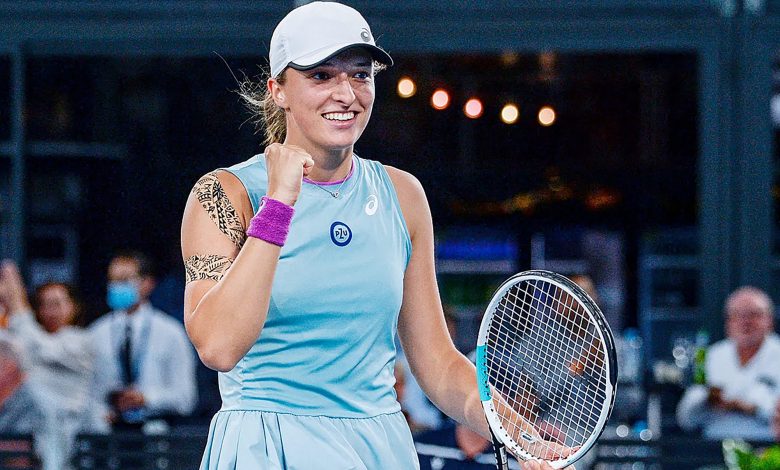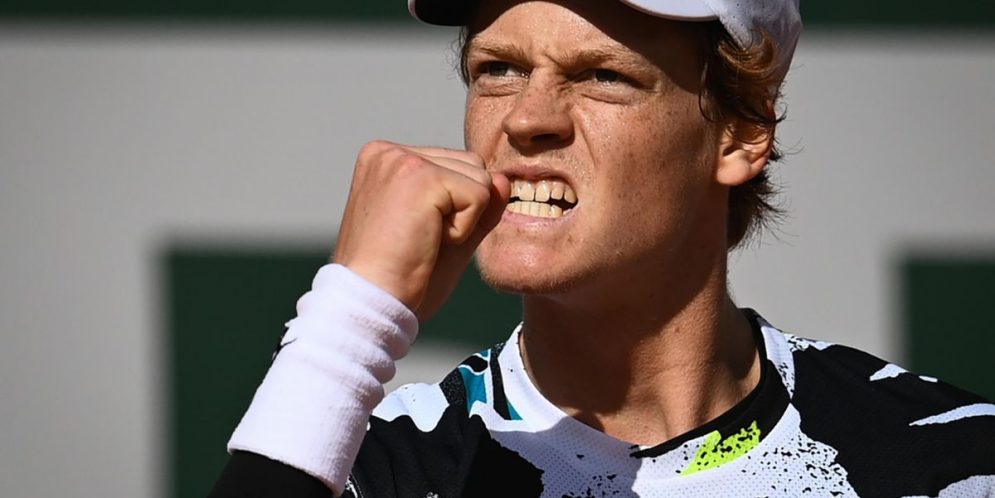The tennis world has been long awaiting a generational change of guard. In the midst of a heated rivalry with Carlos Alcaraz brewing – one that would entertain fans for potentially two decades – World No. 1 Jannik Sinner was handed a three month ban from the sport on 15 February 2025 for doping. The news arrived in the aftermath of the Italian trailblazer’s two positive tests nearly a year ago, and has caused a subsequent tsunami within the tennis circuit.
Following the ban, Sinner’s name was also withdrawn from the prestigious Laureus Sportsman of the Year Award – an honour that many touted him to win for his impeccable 2024 season. The presence of these sharp thorns in sport leave a bitter aftertaste. What are the intricacies within cases of doping in today’s world? Moreover, is the current system foolproof? The answers are less obvious.
In March 2024, Jannik Sinner tested positive for Clostebol – a banned steroid which is obtained from testosterone. The setback arrived at a time when the then 22-year-old was still recovering from the hangover of his Australian Open success. After being handed provisional suspensions in April 2024, Sinner pleaded his innocence after claiming a contamination due to his physio Giacomo Naldi; the trainer had been treating his wound with a spray that contained Clostebol. At a hearing with an independent tribunal, it was found that Sinner had “no fault or negligence” for the positive tests – a judgement that the International Tennis Integrity Agency (ITIA) had passed.
The magnitude of Sinner’s doping saga was other-worldly. With Iga Swiatek’s case partially coinciding with that of the Italian, seldom had the sporting fraternity witnessed two of its poster boy athletes being engulfed in doping conflicts simultaneously. Whether one calls it unlucky or stupid, it was like a whirlwind of conflict struck at once.

Sinner’s controversy spat in the eye of the tennis faithful who were hopeful of the ‘next gen’. Yet, the most interesting angle of the entire narrative remains the involvement of the World Anti Doping Agency (WADA). It all started when WADA challenged the decision of ITIA against the suspension of Sinner. While WADA initially wanted a minimum ban of one year for the now three-time Grand Slam champion, they had a different declaration close to a year later.
Interestingly, WADA reached a settlement with Sinner and his camp in February 2025 – calling for a three month suspension. The peculiarity of the whole situation and its timing is that the World No. 1 coincidentally or methodically returns for his home clay court event in Rome, before making a trip to Roland Garros.
“Sad day for tennis. Fairness in tennis does not exist,” vouched ex-Wimbledon finalist Nick Kyrgios. The Aussie has been the unofficial flag bearer of those opposing the decisions on Sinner and Swiatek. Meanwhile, Grand Slam champion Stan Wawrinka also brutally claimed, “I don’t believe in a clean sport anymore.” With numerous cases such as that of Simona Halep and Tara Moore receiving supposedly different treatment, the outbursts have been coming in thick and fast. “I hope that the players will be able to do that [defend themselves],” said Daniil Medvedev. “Otherwise if it’s not going to be possible, it’s going to be bizarre.”
On the other hand, there was also a certain strata of the industry that came in support of Jannik. One of the biggest names has been Andy Roddick – who has firmly asserted that the quantity of Clostebol in Sinner’s system could not have enhanced performance, and that the details of Sinner’s reasoning are accurate. “I don’t think Sinner knowingly cheated,” he said.
“I think his trainer fu*ked up in epic ways, but we are responsible for what our teams do.” On his ‘Served’ podcast, the American gave a detailed explanation of both sides of the story – reiterating Sinner’s innocence in the case, but also acknowledging that the enforced ban ensures accountability and repercussions for what ensued. For the analytical geeks who were fuming without having the granular details of the saga, it was eye-opening to say the least.
While the lack of transparency and fairness is still gut-wrenching, there is now a better understanding of the larger spectrum. The episode on Roddick’s podcast also featured the CEO of ITIA Karen Moorhouse, who explained how knowing the exact cause of contamination helped Sinner, and why it wasn’t a mere case of preferential treatment due to his ranking. Meanwhile, former World No. 1 Rennae Stubbs was also someone who came to his defence. “He was cleared of any wrongdoing. He is serving a ban for his team’s incompetence.”
Although it’s likely that Sinner is indeed innocent of wilful wrongdoing, it is the murky handling of the entire saga that does not sit well with the neutral fan. While Roddick’s podcast was convincing that the positive test may not have been intentional, the issue of preferential treatment in sport is still a grey area. The real problem lies in the lack of a set precedent that is being implemented, and the nature of the decision making.
Why are the ITIA and WADA not working hand-in-hand? How does one reach a ‘settlement’ on a violation like doping? How did WADA mellow down their stance of wanting a one year ban so easily, and how does the timing align perfectly for Sinner not to miss any Grand Slams? How long will it take for more equality in terms of how we treat tennis players and their pleas, so that the sport is sustainable and remains a fair place for all? And what are the ramifications or side effects of such drugs and doping in general? These are the burning questions at the moment, the last of which was worriedly divulged by Aneke Rune – tennis coach and mother of Danish starlet Holger Rune.
“If you read a little about Clostebol, you can see how frighteningly easy it can be transferred to other people if it has been used by a third party,” Aneke claimed. “That, I think, is almost the scariest thing about this case. Think about how many fans you give high fives to, surfaces you touch, etc.” She opined that the tour must relook the system that accounts for a positive doping test, especially with substances that can easily be transferred via third parties. Can the ATP and WTA become a safe haven for players which are free of any grey areas? Only time will tell.

